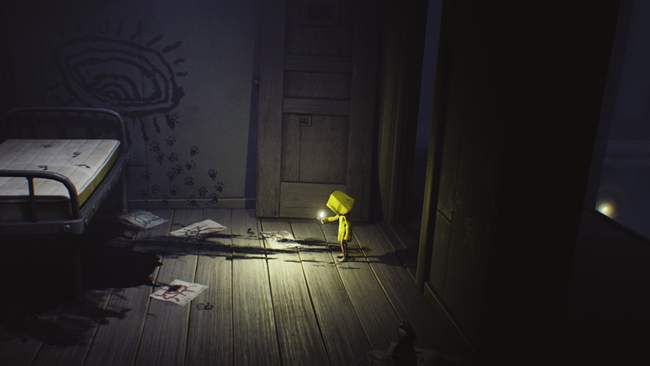

- HOW TO FREE SPACE ON HARD DRIVE WINDOWS 8 HOW TO
- HOW TO FREE SPACE ON HARD DRIVE WINDOWS 8 WINDOWS 10
If you have a Windows 10 #1903 (released on May 10, 2019) or a newer version, then you can also take the assistance of Storage Sense. Also, consider restarting your system after uninstalling apps to reset its app data and cache content. While the process is the same to uninstall apps in Windows, the overall interface might vary among different versions. Wait for a while as the application would be deleted from your computer. If you get a confirmation prompt, click on the "Uninstall" button again and enter the administrator details of the system. Click on the "Uninstall" button from here.Ĥ.

Select the application you wish to remove and double-click its icon to get more options. This will list all the applications that are currently installed on your system.ģ. As the System Settings would be loaded on the screen, visit the "Apps & features" option from the sidebar. Once it is launched, visit its "System" settings.Ģ. To start with, you can just visit Windows' Settings from its Start menu. Uninstalling apps on Windows 10/8/7 is pretty easy. To start with, you can review all the installed applications on your system and get rid of all the "junk" programs that you no longer need.ġ. If you have been using your Windows system for a while now, then it must have accumulated a lot of unwanted applications. Although most of these suggestions can be implemented, we have started with the ones that are recommended by the experts.
HOW TO FREE SPACE ON HARD DRIVE WINDOWS 8 HOW TO
Without much ado, let's dive into the details and learn how to increase C drive space in Windows 10 and 7. This will list an in-depth bifurcation of what is taking how much space on C drive. If you want to know what kind of data is stored in your system's C drive, then just go to its Settings > System > Storage.

Part 3: Bonus: How to Get Data off an Old Broken Hard Drive?īefore we start, it is important to note that we have referred the "C" drive as the partition where Windows is installed.


 0 kommentar(er)
0 kommentar(er)
